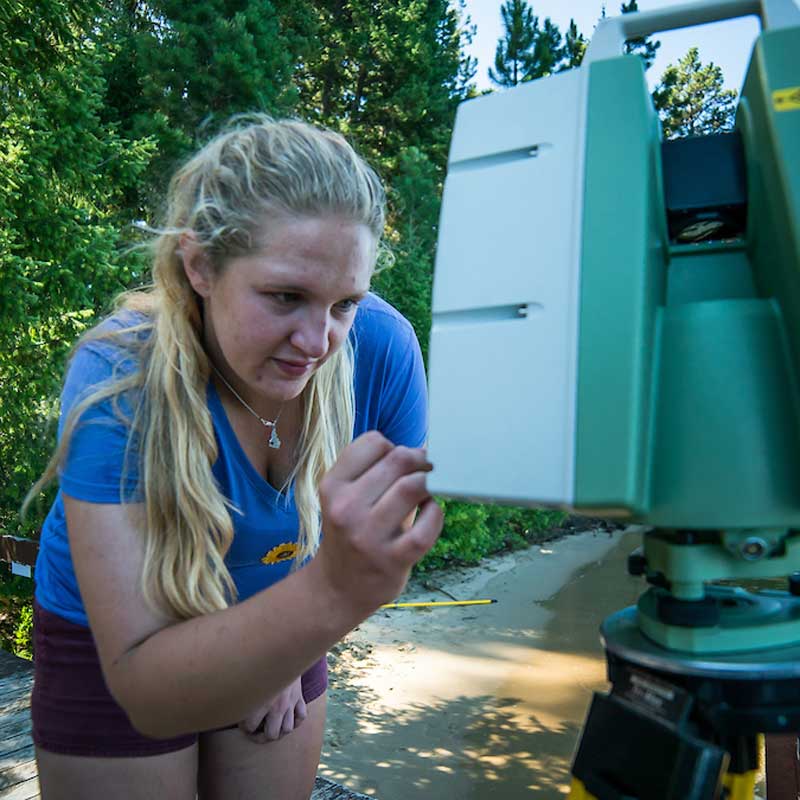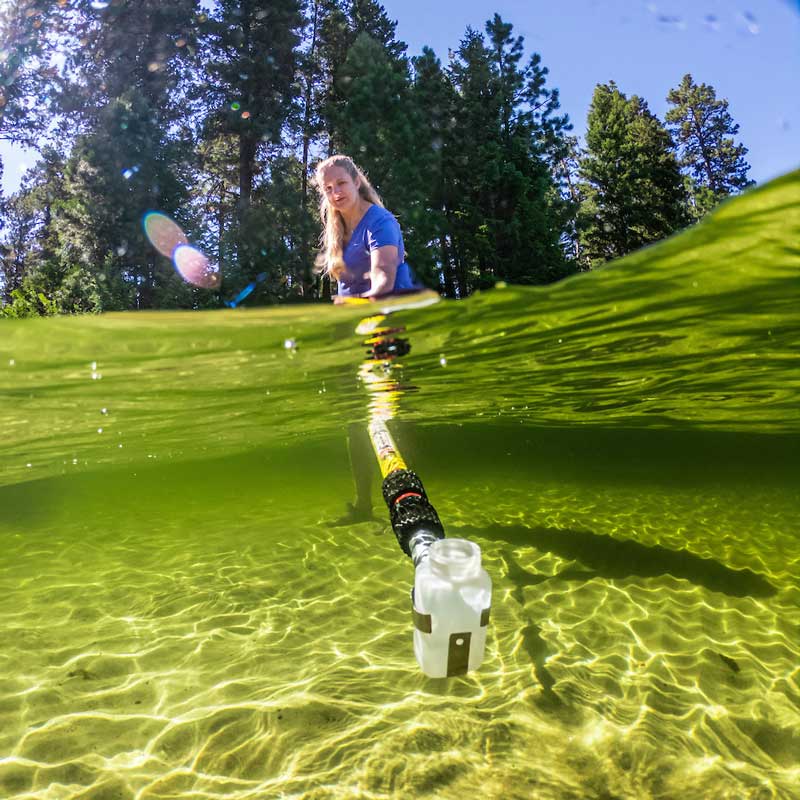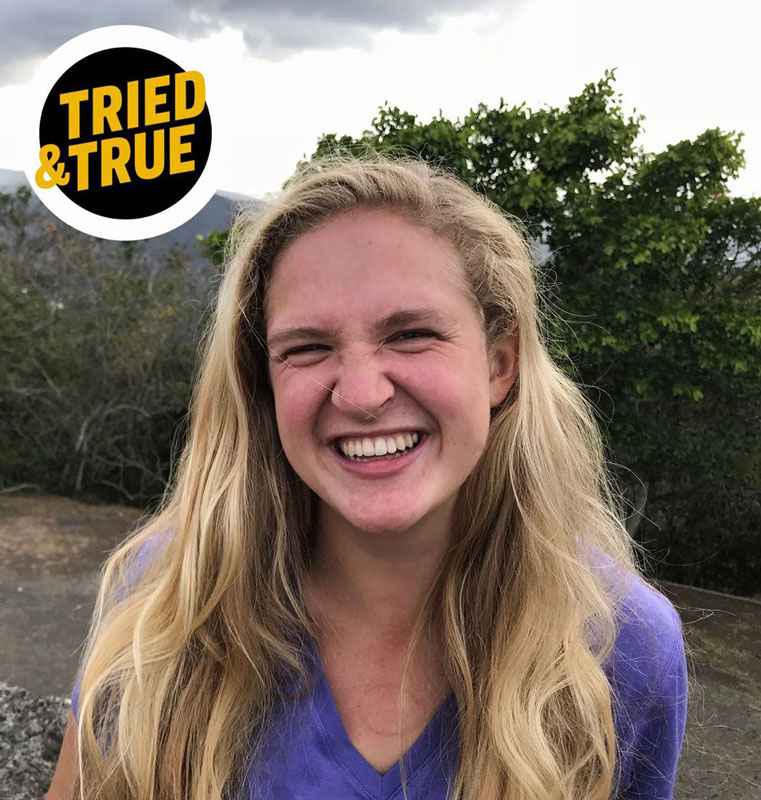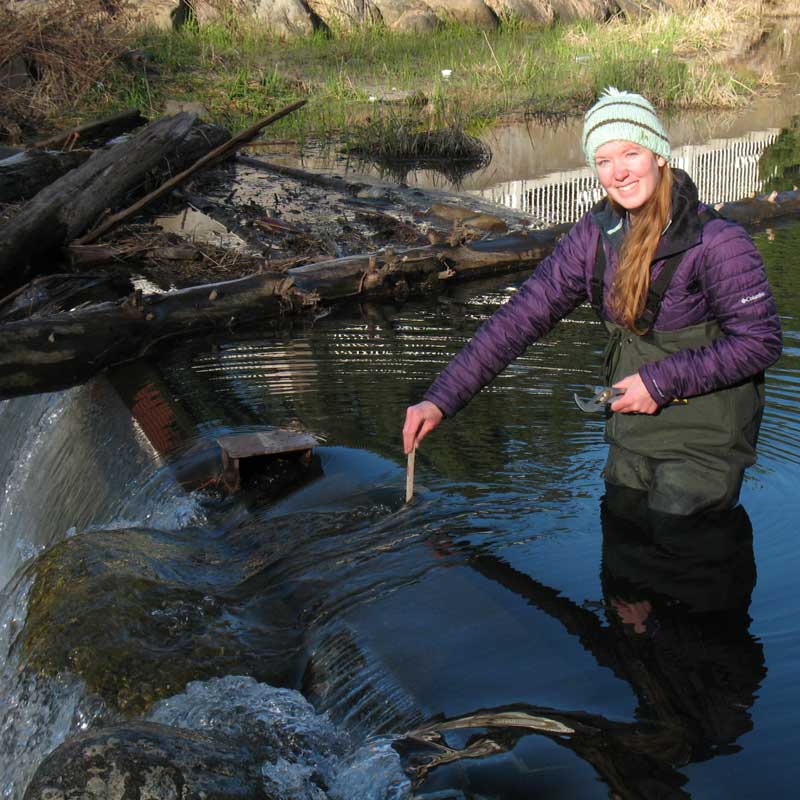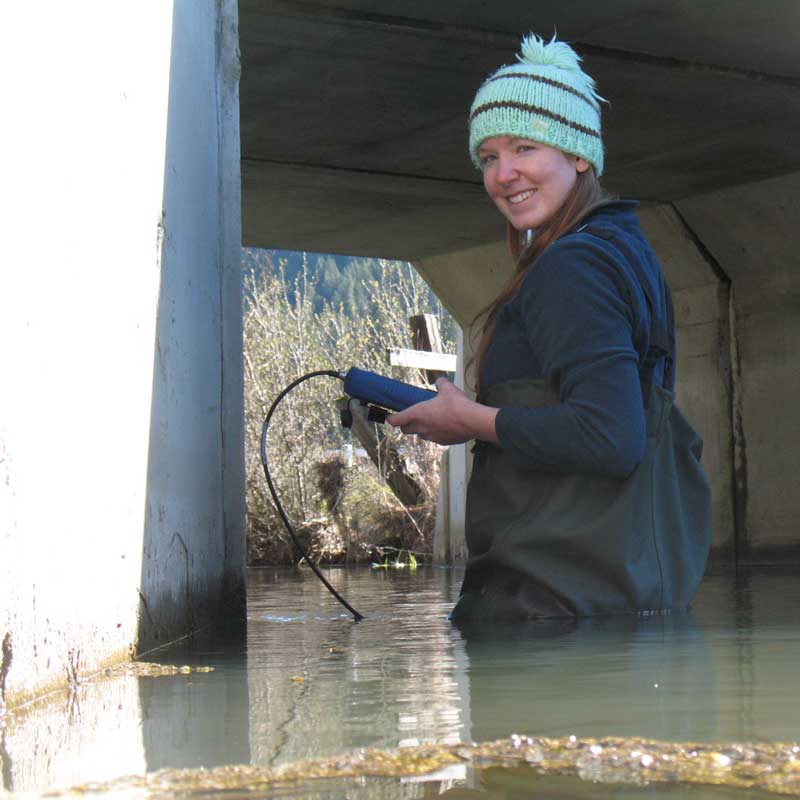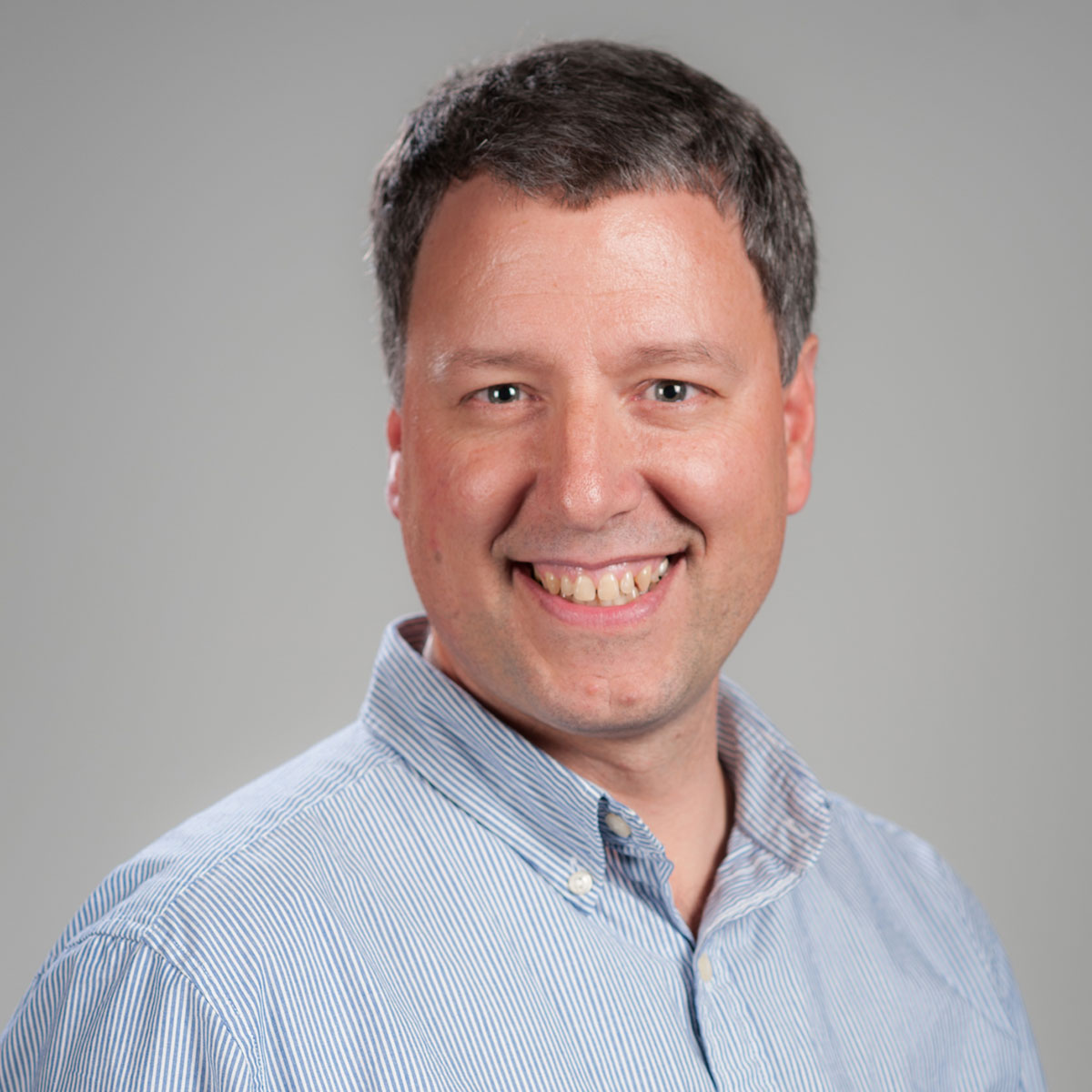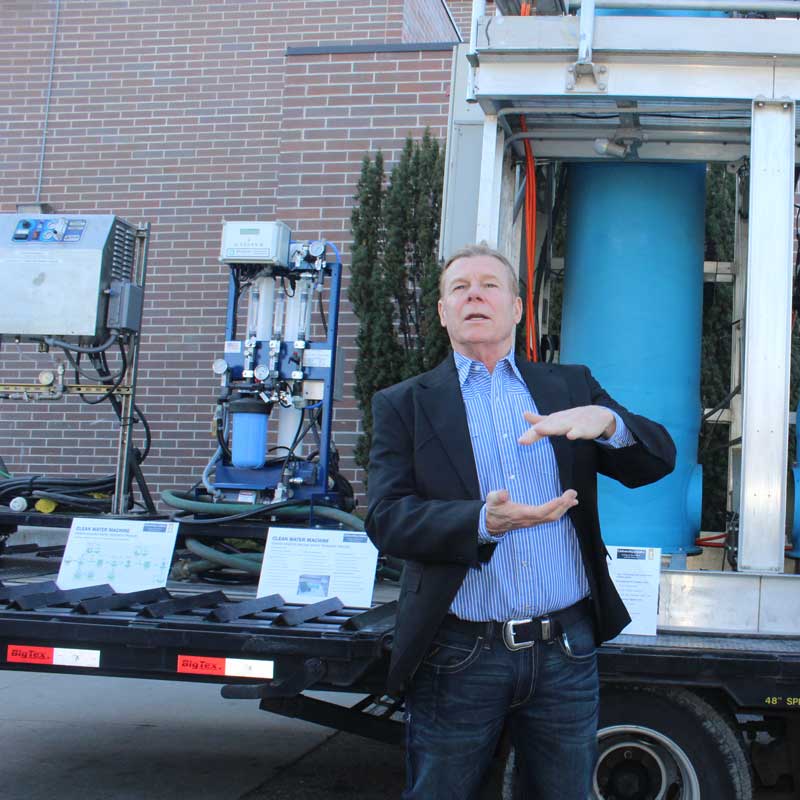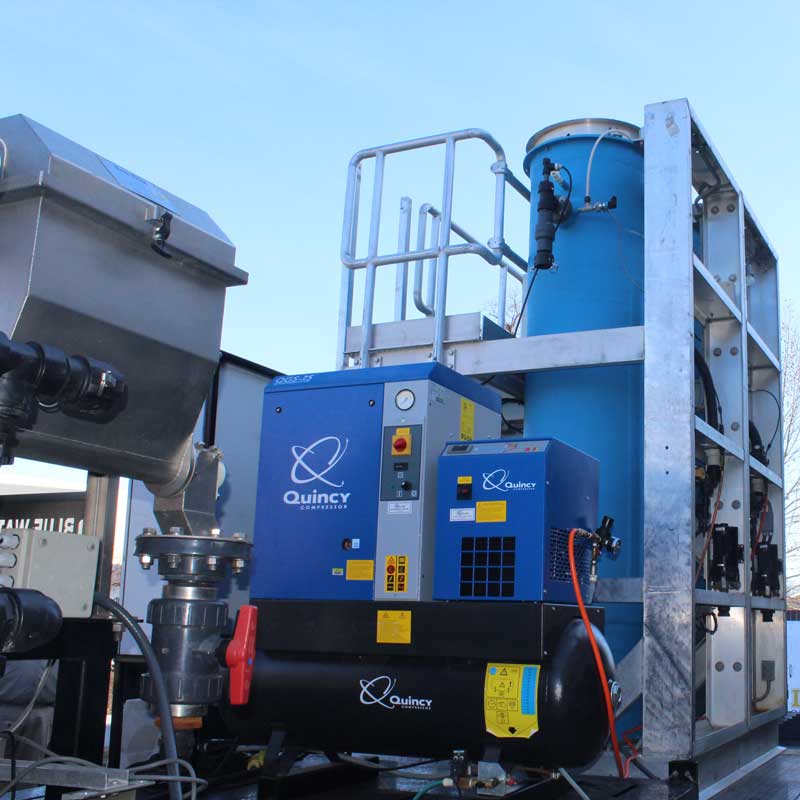Sustaining Our Waters
A Deeper Understanding | Idaho's Lakes
We’re tackling Idaho’s water-related challenges to ensure clean water for industry, people and recreation in our state. Our efforts on Payette Lake in McCall will provide accessible data to guide decisions on the use of our lakes for recreation and drinking water.
Researchers Preserve Water Quality Across Idaho and the World
Payette Lake near McCall is a slice of heaven for Heather Crawford.
Crawford grew up on its shores and now studies the lake’s health as a University of Idaho master’s student in the Department of Fish and Wildlife Sciences. After graduation, Crawford hopes to remain in McCall and use her water resources knowledge to protect the region’s waterways.
“The data I’m collecting can be used by decision-makers to improve water quality, not just in Payette Lake but in other lakes as well,” Crawford said. “It’s really great being able to actually give back to my community by producing meaningful and much-needed science for the area.”
For U of I researchers, sometimes the best place to start solving problems is in their own backyard.
Idaho relies on clean water for agriculture, recreation, drinking and healthy forests, and the university is tackling water-related challenges across the state. The discoveries at U of I advance many aspects of water health — from studying shoreline erosion to investigating toxic algal blooms and designing machines that clean runoff.
What’s Left in the Wake?
While studying abroad in Costa Rica, Crawford dove into learning about forestry and completed a capstone project on how forests recover carbon lost during a fire. Thinking she had identified her career, Crawford returned to Moscow and happened to take a limnology class — which focuses on inland waters. She immediately decided to transfer her interest in nutrient cycles to the water.
“I loved water,” she said. “I realized I would be happy studying this forever.”
Under the direction of Professor Frank Wilhelm, who is in the Department of Fish and Wildlife Sciences and is an associate director of the Center for Research on Invasive Species, Crawford focuses on studying boat wakes and natural waves. Large wakes — some big enough to surf — can disrupt fellow boaters, disturb lake sediments and erode shorelines.
Crawford is working on Payette Lake, which drives the region’s economy through tourism and supplies McCall with water. The Big Payette Lake Water Quality Council (BPLWQC) organized funding for Crawford’s research to investigate how boat wakes and wind-created waves influence shoreline erosion and the resuspension of lake sediments. As well as taking water samples, Crawford is using laser technology to record changes in the shape of the shoreline and estimate the amount of soil erosion and accrual occurring. She will quantify if sediment resuspension in the lake alters the amount of phosphorus — a nutrient that can stimulate algal growth — in the water column.
“It’s important to understand how recreation affects the water quality of the lake so we can make good decisions and policies that protect the water quality while also maintaining people’s ability to recreate,” Crawford said.
It’s important to understand how recreation affects the water quality of the lake.Heather Crawford, master’s student
Crawford would also like to create a citizen science tool that landowners can use to determine the type of sediment on their shorelines — information useful to estimate shoreline vulnerability to erosion. Her findings will provide scientific data that natural resource managers could use to make decisions regarding water quality and recreation.
“This is a study on Payette Lake, not for Payette Lake,” said Gary Lyons, BPLWQC council member. “We want to see management tools come from this study that allow natural resource managers the ability to make data-driven, scientifically-derived decisions.”
Toxic Algae Harm Idaho Lakes
According to Idaho’s Department of Environmental Quality (IDEQ), toxic algal blooms erupt in roughly 20 to 25 Gem State lakes every summer. Algal toxins harm plants, animals and humans, and the blooms impair Idaho’s economy by reducing recreation opportunities and property values. Over the past 15 years, these blooms have become more common and persist for more days each year.
One highly impacted water body is Fernan Lake near Coeur d’Alene. Residents and lake managers asked Wilhelm to investigate the cause of the local blooms, which have resulted in dangerous levels of toxins almost annually since 2007.
“We’re not really a research facility, and we don’t have the capacity to investigate the cause of these blooms,” said Bob Steed, a surface water manager with IDEQ. “We rely on academia for that, and Frank has been a great resource for us over the years.”
I think our job as researchers is to solve real-world problems like preserving and protecting water quality.Frank Wilhelm, fish and wildlife sciences
Trea LaCroix, who was then a master’s student, and Wilhelm measured the water and nutrients flowing into and through Fernan Lake as part of a National Science Foundation project. They found 81% of the phosphorus — which fuels the algal blooms — entering the lake never leaves, allowing the element to build up year after year. These findings will help lake managers develop mitigation plans for the lake.
“I think our job as researchers is to solve real-world problems like preserving and protecting water quality,” Wilhelm said. “Our work at Fernan Lake provides necessary information for the stakeholders to make decisions about their lake, and we plan to continue working with them to provide the science they require.”
Frank Wilhelm, Ph.D.
Professor of Limnology, Department Head of Fish and Wildlife Sciences, Associate Director, Center for Research on Invasive Species
A Clean Water Machine
Other U of I researchers are tackling the problem of toxic lakes “upstream.” Greg Moller, Dan Strawn and Martin Baker want to remove and recover excess phosphorus — which can come from anything from detergents to fertilizers — from wastewater before it becomes a problem downstream.
Over the past decade, these College of Agricultural and Life Sciences researchers have invented several water technologies that now clean billions of gallons of water and impact the lives of millions of people across the planet. Currently used in about 140 municipal and industrial water reclamation plants, the inventions use simple materials including rust, sand, air and electricity to remove nutrients that produce harmful algae blooms and even toxic pollutants such as mercury, hormones and antibiotics. The idea is to mimic how nature cleans water, Moller said.
“Baleen whales strain massive amounts of water through filters in their mouths to capture their food,” Moller said. “We think our approach will act similarly on pollutants at the molecular level.”
In September 2020, Moller received a $1 million grant from the U.S. Environmental Protection Agency (EPA) to continue the team’s work.
“Our innovations show we can make substantial progress in controlling these toxic algae blooms,” Moller said. “We are excited to accelerate new discoveries that may help solve a global water challenge.”
We are excited to accelerate new discoveries that may help solve a global water challenge.Greg Moller, soil and water systems
The team will use the new EPA funds to accelerate testing of new water treatment technologies including one that employs biochar — or microscopic charcoal — to capture phosphorus. The monthlong tests will focus on Florida’s St. Johns River and Oregon’s Klamath Basin. The project will also assess the impact of a phosphorus-removal technology invented by Moller now used in municipal water reclamation plants in Alabama, Massachusetts and Minnesota.
“We are grateful for the opportunity to visit and assess how our technology is working in actual municipal water reclamation plants across the nation,” Moller said. “We will be able to better understand the equipment’s lifecycle and ways we can improve its efficiency.”
The project described as the Fernan Lake study was supported by NSF award number IIA-13-1792 from the NSF Idaho EPSCoR Program and by the National Science Foundation. The project described as the Clean Water Machine study is funded under the U.S. Environmental Protection Agency grant No. R84008701. The total project funding is $999,996, of which 100% is the federal share.
Article by Leigh Cooper, University Communications and Marketing.
Photos by Michael Boren and Maria Ortega, University Communications and Marketing. Photos provided by Trea LaCroix.
Video by Michael Boren, University Communications and Marketing.
Published in October 2020.







